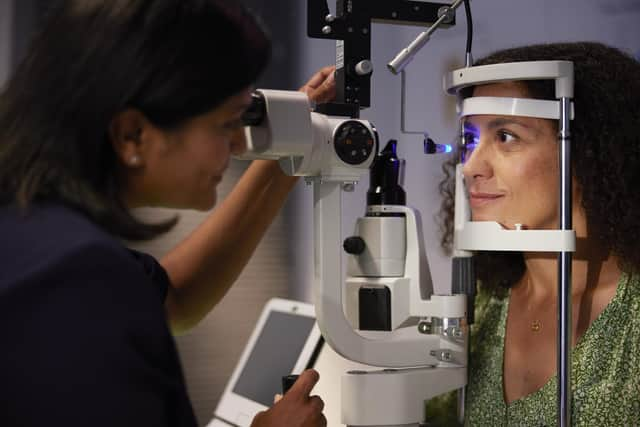An estimated 1,520 people in Lisburn and Castlereagh City Council are living with the treatable condition
and live on Freeview channel 276
And According to the RNIB, 1,520 in the Lisburn and Castlereagh City Council area are estimated to be living with glaucoma. This is expected to rise by 24% by the end of the decade. There are also an estimated 3,070 in the area with ocular hypertension which, if left untreated, can progress to glaucoma.
Leanne Lindsay, Optician Director at Specsavers Lisburn, described the findings as deeply concerning.
Advertisement
Hide AdAdvertisement
Hide AdShe said: “Glaucoma can be symptomless which is why only half of those affected even know they have the condition. While it cannot simply be cured or reversed, early treatment can be particularly effective in slowing or preventing vision loss so it is crucial that it is detected at the first possibly opportunity. That’s why it is critical that we educate the public on glaucoma and the importance of regular eye examinations.”


A staggering 50% of all sight loss is avoidable and Specsavers believes nobody should have to live with sight loss that could be avoided.
That’s one of the key messages in its latest report, released this week, entitled The State of the UK’s Eye Health 2022.
It paints a stark picture, highlighting the link between sight loss and an increase in risk of loneliness, isolation and other health conditions such as clinical depression, diabetes, dementia and stroke.
It also looks at the huge economic cost of sight loss and blindness. In 2019 this was an estimated £36billion and, due to the pandemic, this is expected to rise by a further £2.5billion by 2024.
